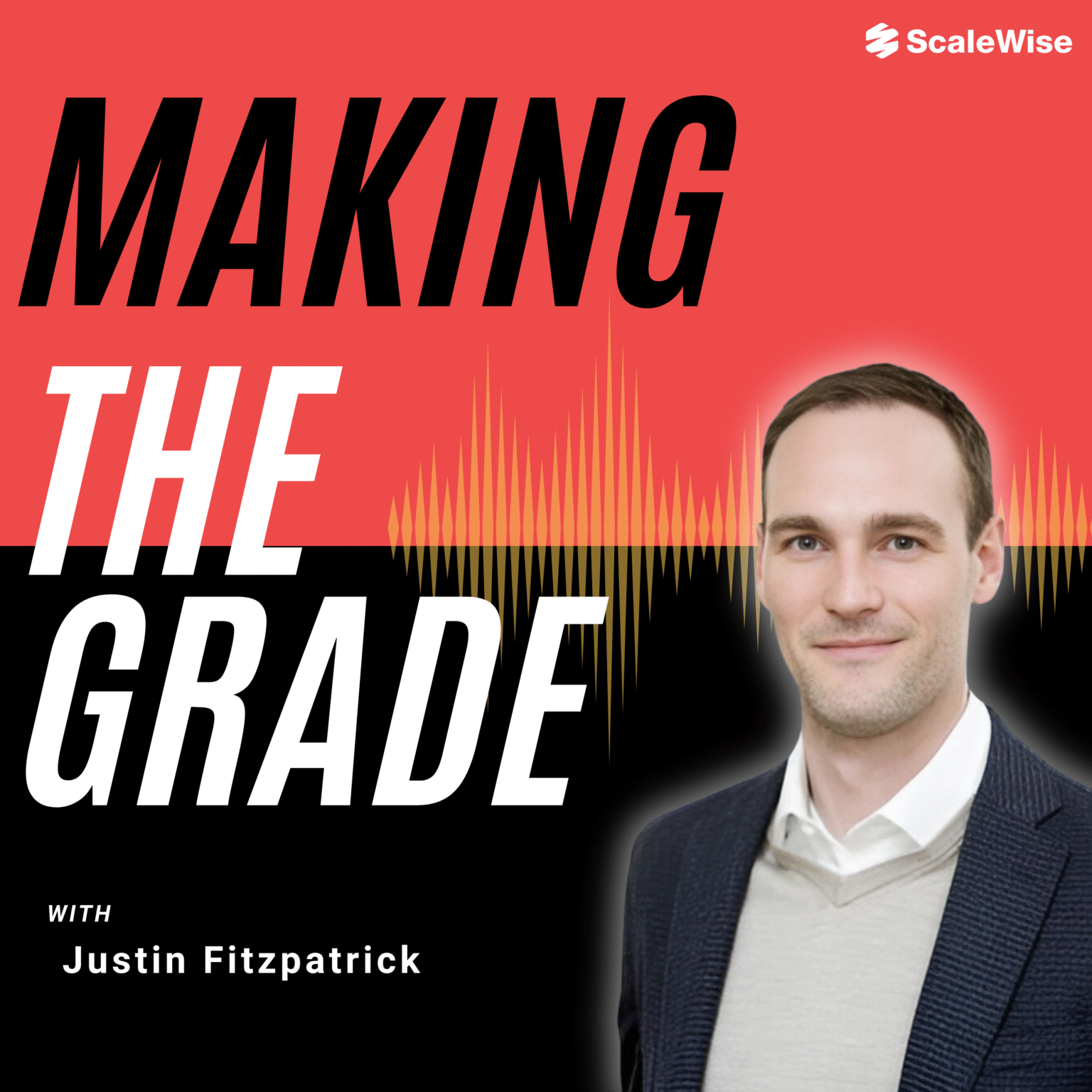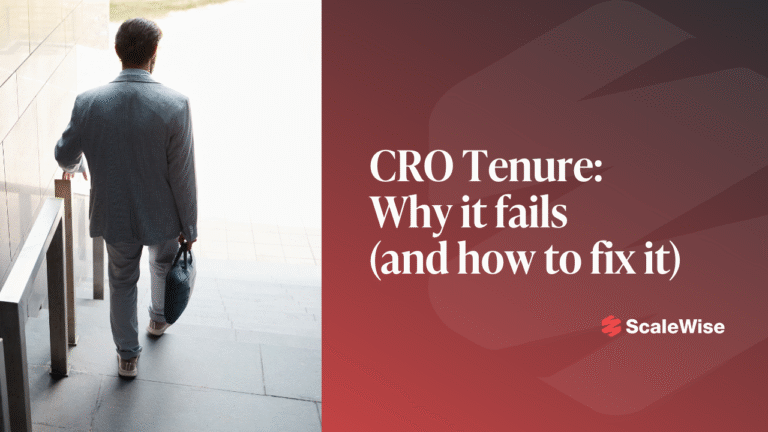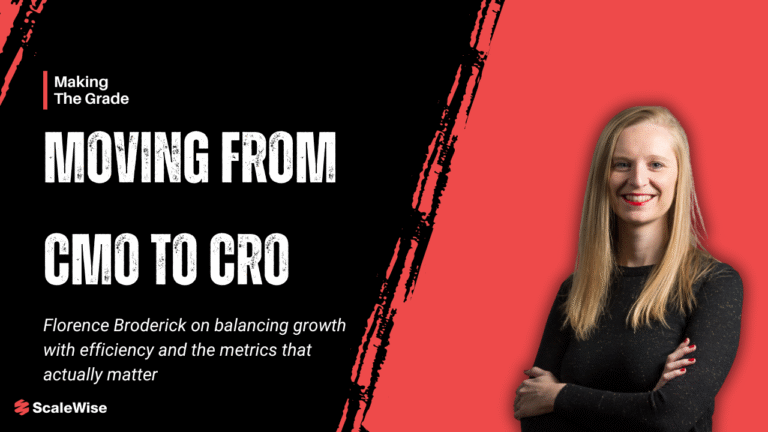When it comes to scaling a venture-backed business, few leaders have lived as many chapters of the journey as Justin Fitzpatrick.
From building high-growth businesses to navigating pivots, leading M&A to a successful exit in 2024, and now leading ESG Book through a fast-moving sustainability market, Justin has seen every side of the scale-up equation.
In this Q&A feature, Justin shares hard-earned lessons on the real signals that tell you it’s time to course-correct, why most “pivots” are simply fixes for poor Product-Market Fit (PMF), and how joining up Product, Marketing, and Sales can save you from scaling chaos.
He also unpacks the role of founder resilience, what makes an M&A succeed (or fail), and how founders can actually graduate from Series A and beyond.
Here are some of Justin’s key insights from his conversation on our Making The Grade podcast. You can listen to the full episode here.

Q: There’s so much advice out there on the importance of being able to pivot, but what actually forces a pivot?
Justin: “There are two things that frequently force those pivots. First, the realisation that you might not have the product-market fit that you thought you had. You may have raised a couple of rounds of early-stage funding and realise that people aren’t backing you anymore on the idea or story, but they are increasingly asking about the results.
If I think back to DueDil, we had built a great product that was getting a lot of traction, but the business model wasn’t working in the way we thought it was going to work. Although there may have been a viable business model there, it was just proving too costly to scale it in the way that we wanted and needed to. So, we had to have a conversation about who we want to be and what problems we want to solve.
Secondly, there are external factors and market shifts that will force a pivot. Since I’ve joined ESG Book, we’ve seen the sustainability market change quite dramatically in the last months.
Both of those factors force you to reassess who you are, what problem you solve, and how to scale it.”
Q: How do you know it’s time to course-correct rather than go all-in on a huge pivot?
Justin: “The word ‘pivot’ can be unhelpful; it implies a total turn. Often, you’re actually just connecting what already works more tightly.
At the same time, it’s a really healthy habit to question the relevance of what you’re building and reassess the tightness of your product-market fit. That, of course, starts with deeply understanding the use case and the pain points and what’s driving those pain points within your core personas.
How do you know it’s time to pivot? It’s by looking for retention, long sales cycles, and weak average order values. All of these hint at you not having the product-market fit as tight as it needs to be.”
Q: When you’re going from pivot to pivot, how do you build the resilience to keep going?
Justin: “Being a Founder or CEO requires tremendous amounts of personal reserve, so if you’re not taking care of yourself, then it’ll be very hard to get the rest of your team through those difficult moments.
If you think about being on an aeroplane and the oxygen levels drop, you’re asked to put your own oxygen mask on first before helping others. I think that’s also true in moments of crisis or volatility within a business.
On top of that, I think it’s so important to communicate openly and transparently with people in your organisation about not only what’s going well, but also the things that need to be improved and the plans for doing so.”
Q: We’re switching gears a bit. You’ve been through multiple funding rounds and a successful M&A. Can you share more about how you plan for a successful merger and any key lessons you learned over the years?
Justin: “One of the biggest lessons I learned is to start thinking about whether your merger doesn’t just make sense from a cap table and financial perspective, but also from a product proposition and cultural perspective.
Forget about what the arithmetic says on how much revenue you have and how much revenue the other company has, what it could be together. For me, any successful M&A has to start with the new vision for the proposition, what the cultural overlap is and what the merged DNA will look like.”
Q: How do you keep the core business on track while running a merger?
Justin: “It’s a real challenge. A process like that can be a huge distraction. You almost want two teams, so split the executive team into a SWAT team focused on pushing this deal forward, and then have a core leadership team focused on executing the day-to-day. The number one factor that blogs up funding rounds and M&A is the business going off its original plan, and the metrics start to drift.
The other part of that is to share enough about the prospects with the wider team, but not so much that they lose motivation if it doesn’t happen.”
Q: What do you think needs to happen to improve graduation rates?
Justin: “Reflecting on my own experience, I’d say it comes down to two things. One is to not just obsess over the functionality of the product, but obsess over the problem that you’re solving and the persona that you’re solving the problem for.
The other part is to get out there and talk to clients early on. I’ve seen so many businesses that don’t want to show their work until it’s done, and that’s a real error. You need to not only be in front of clients early to improve the product, but you also need to be asking the hard questions, like what would it take for you to pay for this?
Early on, you’ll have lots of people make all kinds of encouraging noises and give you all kinds of feedback, but then they won’t actually put their hand in their sprocket and commit to a contract.”






